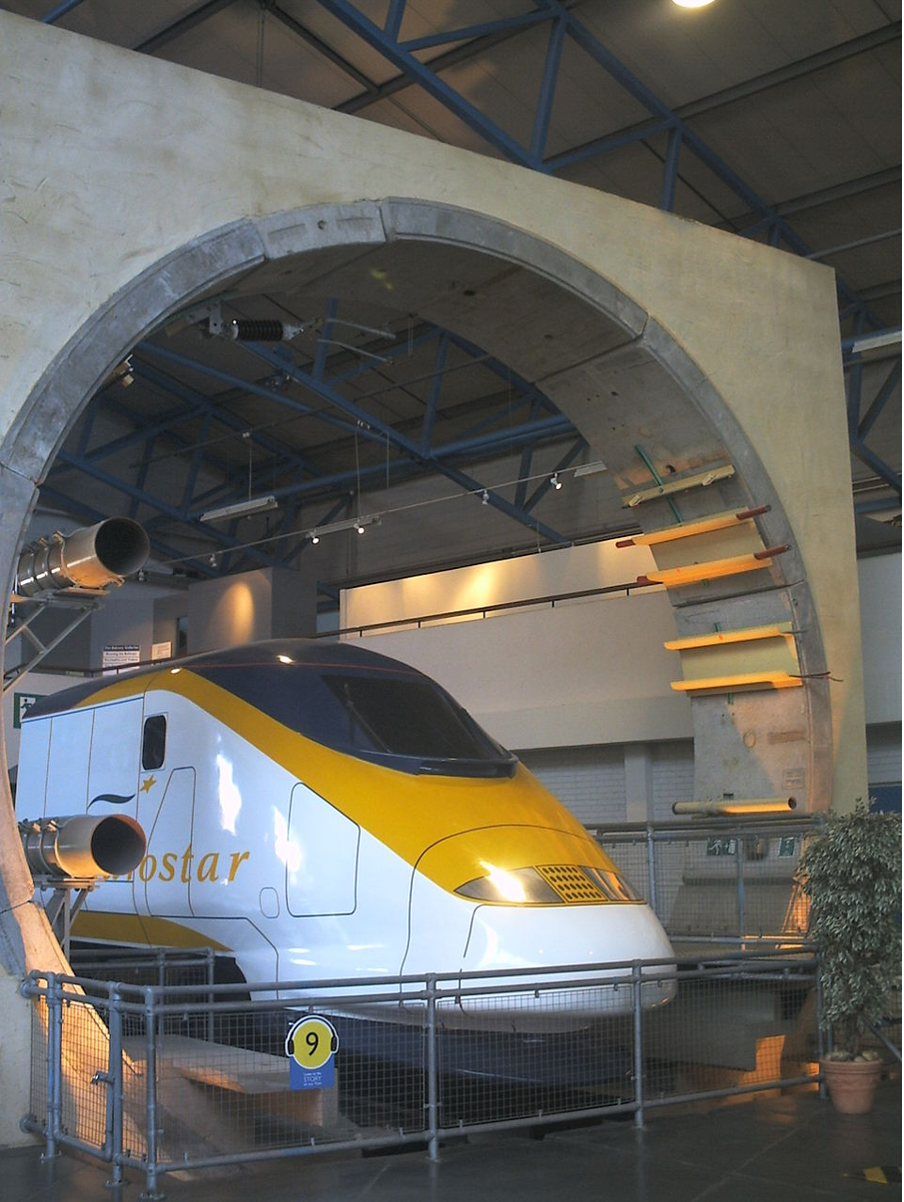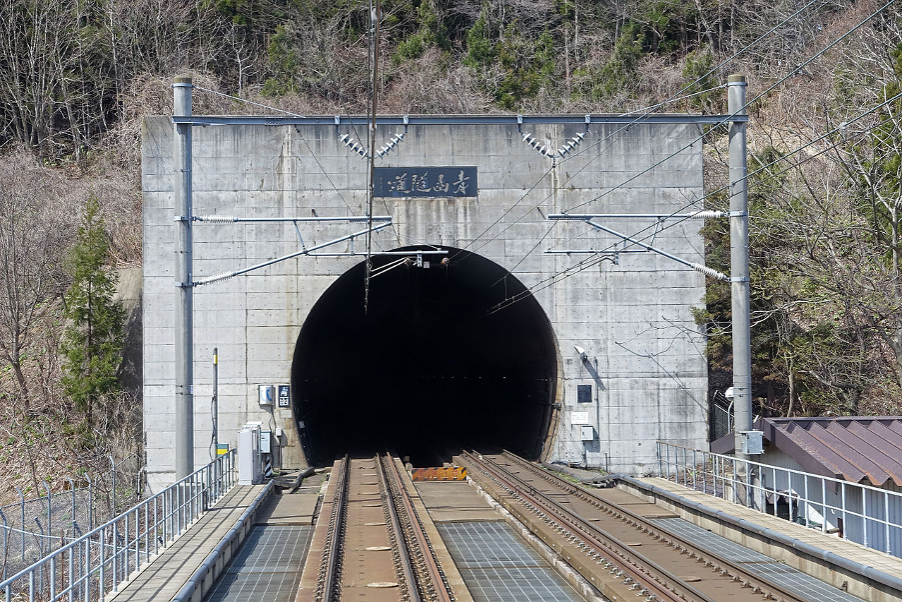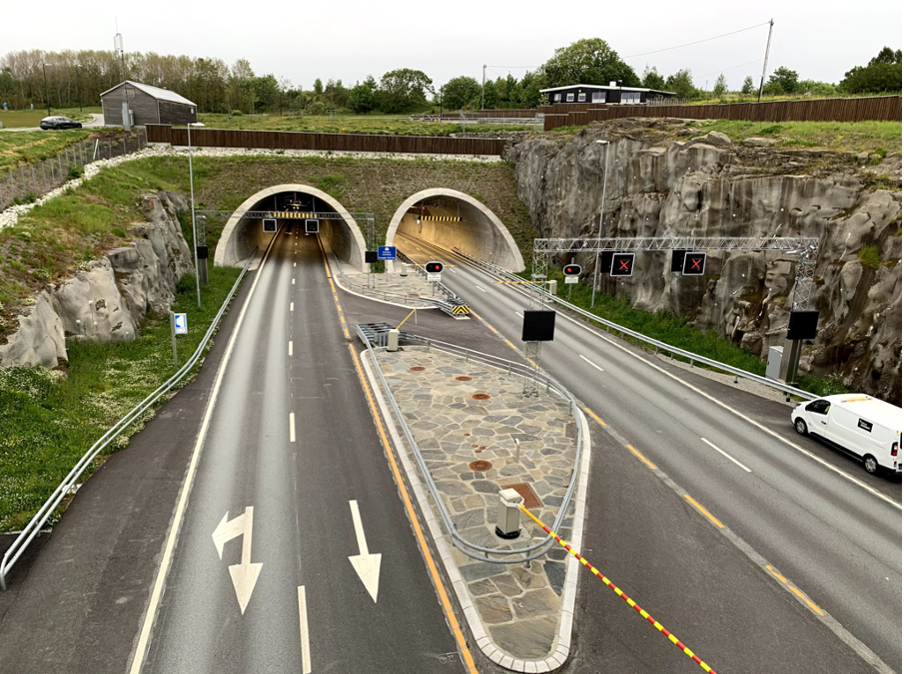In the continuous evolution of transportation infrastructure, overcoming natural barriers such as deep rivers, wide straits, or even vast seas has marked a remarkable human achievement.
Undersea tunnel constructions represent one of the most innovative solutions — creating breakthrough routes that not only bring immense economic benefits but also hold great strategic and symbolic value. They are engineering marvels that embody human determination, ingenuity, and ambition to conquer nature.
Let’s explore with DaiDung Group what undersea tunnel constructions are and what makes them among the most complex and extraordinary infrastructure projects ever built.
What Is an Undersea Tunnel Construction?
An undersea tunnel construction is a type of underground infrastructure built to connect two areas separated by the sea, a strait, or a deep bay. These tunnels allow for safe and efficient passage of vehicles — whether road, rail, or combined — beneath the seabed.
They play a crucial role in modern infrastructure strategies, enhancing trade, tourism, and regional as well as transnational economic development.
Key Characteristics
- High Engineering Complexity:
Requires advanced technology and specialized equipment to withstand extreme hydrostatic pressure and complex geological conditions beneath the sea. - Cutting-Edge Construction Methods:
Utilizes techniques such as tunnel boring machines (TBM), shield tunneling, or immersed tube methods where pre-fabricated concrete segments are sunk and precisely connected underwater. - Rigorous Survey and Quality Control:
Demands precise geological surveys, seismic resistance analysis, settlement calculations, and use of premium construction materials. - Prefabricated Segment Assembly:
Most tunnels consist of massive concrete segments produced onshore, transported by barges, and installed on the seabed with pinpoint accuracy.
Roles and Benefits of Undersea Tunnel Constructions
- Enhanced Connectivity:
Directly link countries, islands, or regions without relying on ferries or sea bridges, improving transportation efficiency and logistics. - Economic Growth Catalyst:
Shortens travel distances, reduces transit time, accelerates goods circulation, attracts investment, and stimulates new economic zones. - Technological Advancement:
Showcases a nation’s capability in high-tech construction, contributing to global progress in infrastructure engineering.
Global Icons of Undersea Tunnel Engineering
Fehmarn Belt Fixed Link (Denmark–Germany)
Known as the world’s longest immersed tunnel, the Fehmarn Belt Fixed Link connects Denmark’s Lolland Island with Germany’s Fehmarn Island. Spanning 18 km, it will dramatically shorten travel times between the two countries, boosting regional trade and tourism.

DaiDung Group is proud to be a steel structure supplier for this monumental project — meeting Europe’s most demanding engineering and quality standards, and marking Vietnam’s contribution to one of the largest marine infrastructure projects in the world.
Channel Tunnel (United Kingdom–France)
A masterpiece of modern engineering, the Channel Tunnel links Folkestone (UK) with Coquelles (France) beneath the English Channel. With a total length of 50.5 km — including 37.9 km underwater — it is one of the longest undersea tunnels ever built. Since its opening in 1994, it has revolutionized transportation between the UK and continental Europe, serving millions of passengers and tons of freight annually.

Seikan Tunnel (Japan)
Stretching 53.85 km in total — 23.3 km of which runs beneath the seabed — the Seikan Tunnel connects Japan’s main islands, Honshu and Hokkaido. At a depth of 240 meters below sea level, it remains one of the world’s deepest and most technically challenging rail tunnels, supporting Japan’s iconic Shinkansen network.

Ryfast Tunnel (Norway)
The Ryfast system in Norway consists of two undersea tunnels totaling 14.4 km. Reaching depths of up to 292 meters below sea level, Ryfast is the world’s deepest undersea road tunnel. It replaced ferry routes, significantly cutting travel time and improving connectivity for Stavanger — Norway’s vital oil and gas hub.

Tokyo Bay Aqua-Line (Japan)
A stunning blend of bridge and tunnel engineering, the Tokyo Bay Aqua-Line spans Tokyo Bay with a 4.4 km bridge and a 9.5 km tunnel. At its midpoint sits Umihotaru, an artificial island that serves as a rest stop and observation deck with panoramic bay views. This project alleviated heavy traffic congestion and contributed greatly to the economic growth of the Tokyo metropolitan region.

Conclusion
Undersea tunnel constructions stand as powerful symbols of human progress — connecting nations, driving economic growth, and showcasing the height of modern engineering.
The participation of DaiDung Group as a structural steel provider for the Fehmarn Belt Fixed Link not only affirms the company’s international technical capability but also reflects the rising global stature of Vietnam’s mechanical engineering industry.
By meeting the most rigorous global standards, DaiDung Group continues to strengthen its position as a trusted partner in world-class infrastructure — proudly carrying the spirit of Vietnamese innovation to the international stage.
